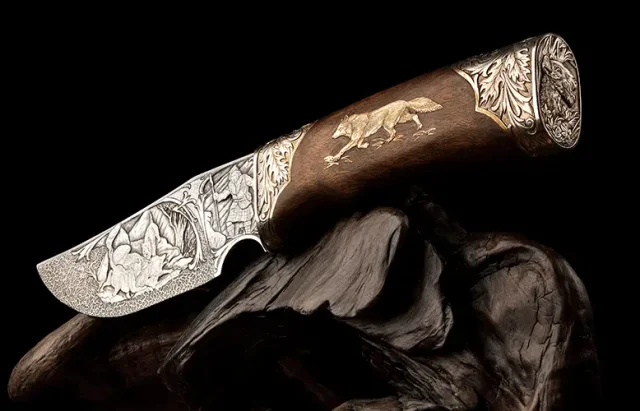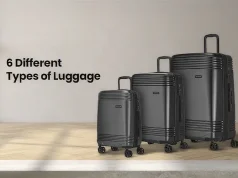
The right hunting knife isn’t just an important accessory, it’s your best friend out in the field. You’ll need it for so many tasks that it’s not really possible to go hunting without one. The trick is finding a reliable option—something like the Microtech MSI—that can handle everything from preparing your game to managing various tasks around camp, all while lasting you season after season.
With so many options out there, finding the perfect knife might seem overwhelming. However, understanding what makes a good hunting knife and what to look for can make this task much easier. In this article, we will go over several factors to consider when picking out the perfect hunting knife.
1 – Blade shape
When choosing a hunting knife, the shape of the blade is a key factor to consider because it affects how the knife can be used.
Blades with drop points have a thick, curved point. This design is strong and ideal for hunters who need to dress big game. The curve allows for better control and helps avoid accidentally puncturing internal organs.
Clip point blades are different because they have a thinner point and a more pronounced curve at the edge. This shape makes them very versatile. They are great for hunters who need precision for smaller game or detailed tasks like carving.
Skinner blades have a sweeping curve that is designed to help remove the skin from game without cutting too deeply into the meat. This design helps in getting a clean cut, making it easier and quicker to skin the game. Skinner blades are ideal for hunters who want a knife specifically for the skinning process.
2 – Blade materials
Knives mainly come in two types of steel: stainless steel and carbon steel. Each has its own set of characteristics, maintenance needs, and benefits.
Stainless steel blades are known for their resistance to rust and corrosion, making them a great choice for hunting in damp or wet environments. This type of steel requires less maintenance, which is a plus for hunters who prefer a low-maintenance tool. However, stainless steel can be harder to sharpen to a razor edge compared to carbon steel.
Carbon steel blades are durable and easy to sharpen. They work best when precision cutting is required. The drawback of carbon steel is its tendency to rust and corrode if not properly cared for.
3 – Budget
Budget generally trumps the other factors when hunters are looking to buy a knife. However, it’s important to balance how much you’re willing to spend with the quality of the knife you get.
High-quality knives can be expensive, but they are often more durable, reliable, and capable of performing better over time. On the other hand, there are also many affordable knives that offer great value and can serve well for many hunting needs.
Once you have a budget in mind, look for the best options within that price range. Remember, a higher price doesn’t always guarantee a better knife, but generally, the cheapest options might not last long.





